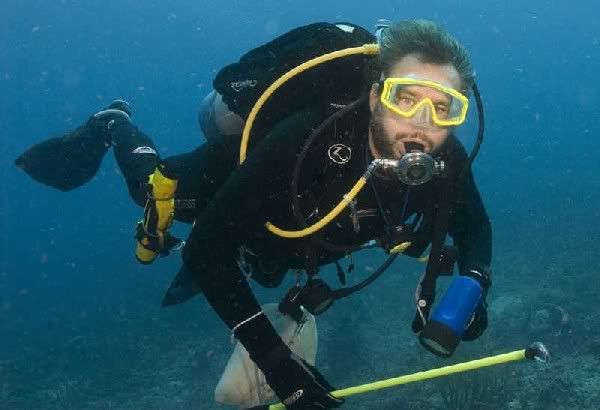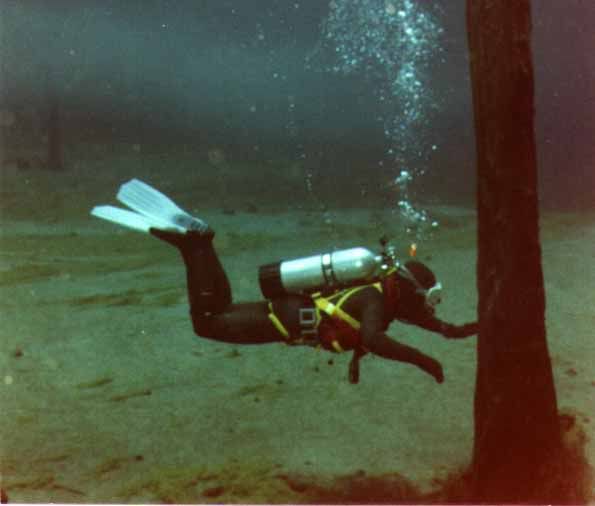awap:It is a Mk5 with a good 3000 psi yoke and sufficient LP ports to be used in current dive configurations. The service kit should still be available from any SP dealer. It uses the same filter & HP seat as the more current Mk10.
The 2nd stage looks like an R109 adjustable and uses the same service kit as the G200 (unbalanced) which will include the modern poppet for that reg. The modern poppet then uses the same hocky puck styled seat as all of SP's modern unbalanced 2nds use. R109's are convertable to balanced adjustables with the change of a spring and will use the same poppet and LP seat as most modern SP balanced 2nd. If it has been converted, it will require a G250 annual parts kit. The adjuster cranked all the way in and the attractive green hue around the connections tells me it needs some work but I have seen much uglier rigs go back into service.
It is a perfectly usable reg which I would choose over many modern regulators. You might want to put your new stuff on the wall (or in your save-a-dive kit). Looks like it was a great buy.
Awap,
How does one tell the Mk5 from the Mk10? I have what I thought was a 10, but now you have put doubt in my mind. I would not be concerned, but I just ordered a few rebuild kits for it (and some other regs) and was going to go in and replace the seat and dynamic o-rings etc. My setup came with a Balanced Adjustable if that helps, but the other regs I just aquired and don't know the original configuration.
While on the subject, what is the correct I/M pressure for a Mk5 and Mk 10?
Thank you,
couv
I just went to a site that had a picture of each (I love my job)....is the difference between the 5 and 10 the placement of the ambient chamber?





